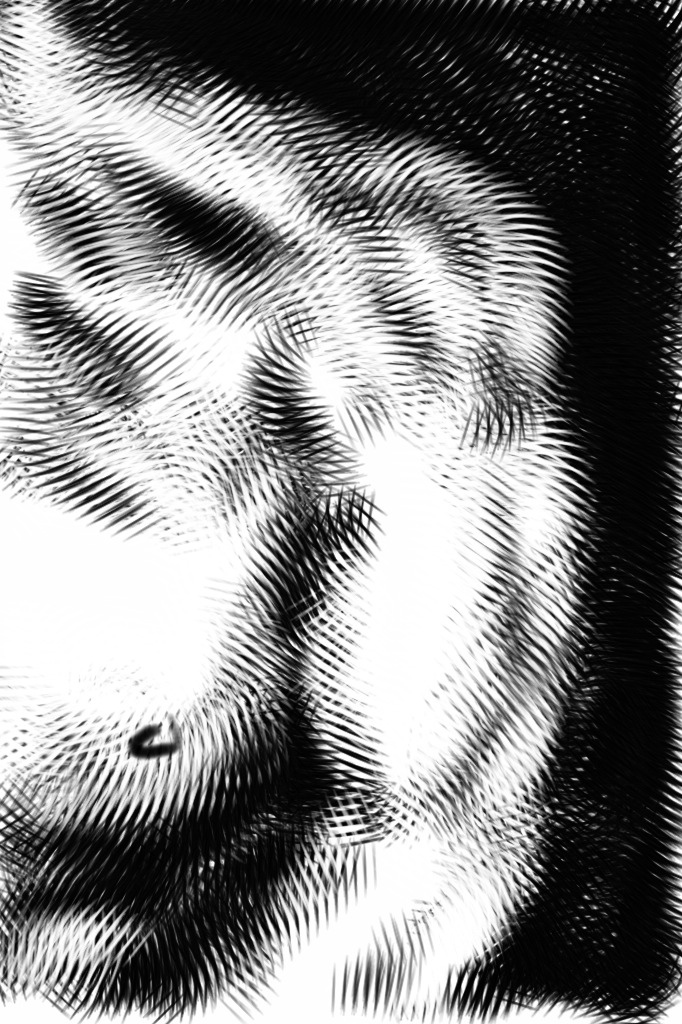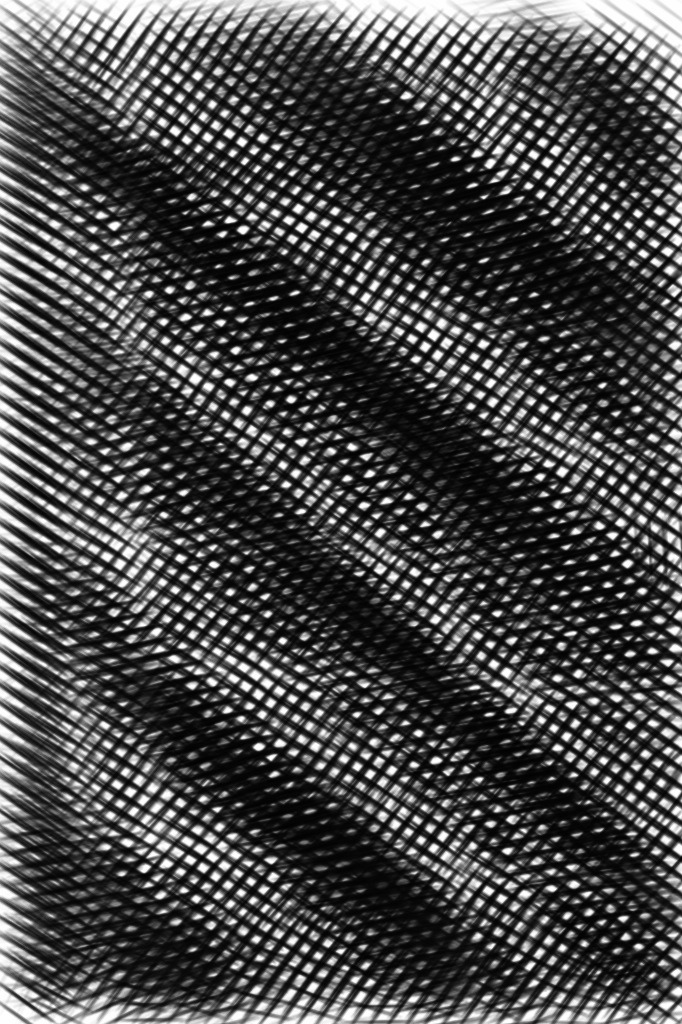Day one hundred and fifty-one: While doodling on Sketchbook Pro for the iPhone, I discovered a “brush” that imitates a series of engraved lines with every finger-stroke. So I started experimenting to see if I could create shapes with cross-hatching similar to those in 16th-century engraved copperplate prints. Most remarkable, I think, is the way old masters like Hendrik Goltzius used tapered engraved lines to model musculature and drapery. The sketch you see here is my attempt to manipulate line direction and density to form a man’s shoulder and arms. While it lacks the precision of a late 16th-century Dutch engraver, I’m impressed by the digital tool’s response to my fingertip, and just how effective tapered hatch marks are for shading forms. The wrinkles in the image below are the result of my first practice at, in the words of Leon Battista Alberti: “lines [that] stick together like close threads in a cloth [to] make a surface.” (“On Painting,” c. 1436.)
why?
history
- January 2012 (4)
- December 2011 (31)
- November 2011 (30)
- October 2011 (31)
- September 2011 (30)
- August 2011 (31)
- July 2011 (31)
- June 2011 (30)
- May 2011 (31)
- April 2011 (30)
- March 2011 (31)
- February 2011 (28)
- January 2011 (31)
sketched
abstract allegory ancient animal architecture art on art athlete bird black cameron cartoon chalk charcoal conte crayon Dürer ensor face figure study flower food gray iPad landscape moon munch nature nocturne oil pastel pen and ink pencil red sculpture self portrait skull spring still life stone surreal venice water watercolor white winter woodcutBlogroll


Post a Comment